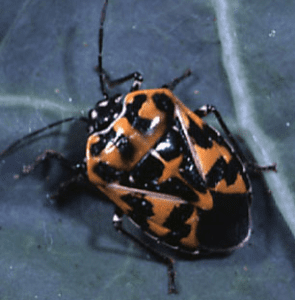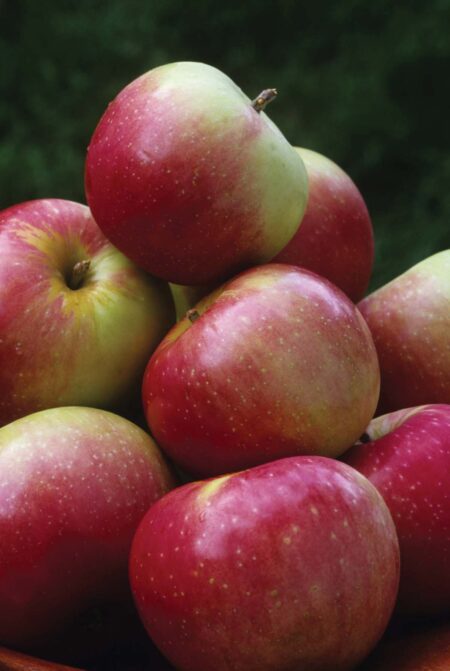Description
A very productive variety with relatively short, spiny canes with very good suckering. Fruit is medium to large with very good firmness, medium red colour and good flavour. Earlier than Red River!
Like full sun and a moist rich soil. Grow in rows, spacing the plants 18 in. apart and keep the rows 3.2ft. or more apart. After planting, prune the plants back to 6-8 in. in height to encourage better root development and the production of new canes. Keep soil mulched to help retain moisture. They require lots of water, especially at harvest time. More you water, the better the berries and yield will be. Prune fruiting canes down to the ground after they have finished bearing for the year. In spring, thin canes to about 6-8 in. apart. Retain only new strong healthy canes that show little or no winter injury. Everbearing varities may be pruned right down to ground level in late fall or early spring, before new growth starts. Another tip on the Everbearing type is prune half of your canes to the ground and the other half, do not prune at all–this will split
Raspberry Planting Instructions
Companion Planting
When used as companion plants for raspberry bushes, the following plants can help prevent fungal diseases, like cane spot. They can also repel certain insects, rabbits and deer: Garlic, Chives, Nasturtiums, Leeks, Onions
Turnips used as companion plants for raspberry bushes help repel the harlequin beetle. 








